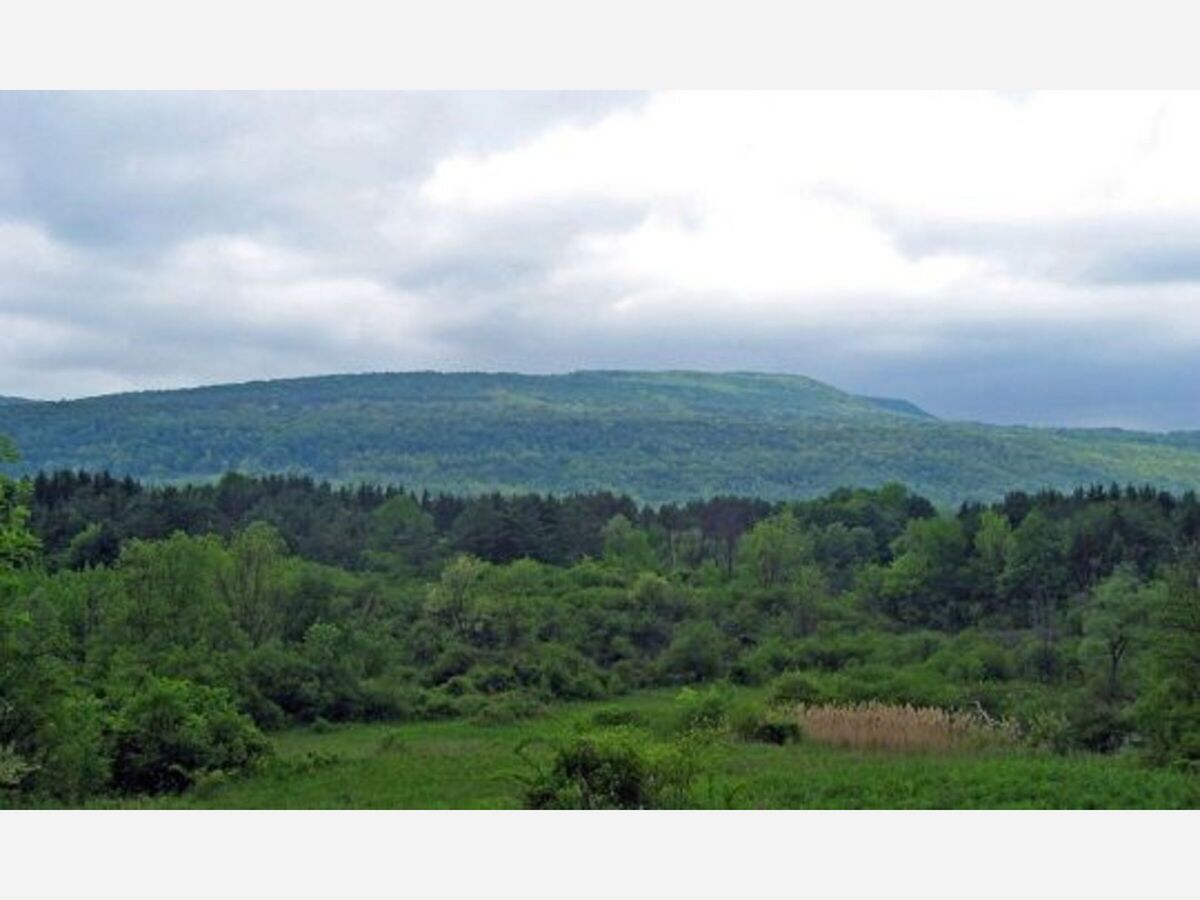Image

On Thursday, Secretary of the Interior Deb Haaland celebrated a settlement agreement as part of the Natural Resource Damage Assessment and Restoration (NRDAR) Program. The program will return more than 1,000 acres of ancestral land to the Onondaga Nation, making it one of the largest land returns to an Indigenous nation by a state.
The agreement resulted from the March 2018 NRDAR settlement between the Natural Resource Trustees and Honeywell International, Inc. regarding the Onondaga Lake NPL. So the title and full ownership will transfer from Honeywell’s land to the Onondaga Nation "to restore and steward the property."
“This historic agreement represents a unique opportunity to return traditional homelands back to Indigenous people to steward for the benefit of their community,” Secretary Haaland said. “We look forward to drawing upon the Onondaga Nation’s expertise and Indigenous knowledge in helping manage the area’s valuable wildlife and habitat. Consistent with the President’s America the Beautiful initiative, all of us have a role to play in this Administration’s work to ensure our conservation efforts are locally led and support communities’ health and well-being.”
Governor Kathy Hochul cheered about the news that the land will return to the Onondaga Nation.
“Today is a historic day for New York State, the Biden Administration, and our many partners in respecting and recognizing the Onondaga Nation as the original stewards of these lands and waters,” Governor Kathy Hochul said. “This scenic location in the Tully Valley will be owned by the Nation and its people to continue their legacy of conservation that will protect these cultural and ecological resources for the benefit of Nation citizens and all New Yorkers for generations to come.”
Onondaga Nation Chief Tadodaho Sidney Hill was very grateful because his nation can now start restoring the lands within the preserve.
“It is with great joy that the Onondaga Nation welcomes the return of the first substantial acreage of its ancestral homelands,” said he said. “The Nation can now renew its stewardship obligations to restore these lands and waters and to preserve them for the future generations yet to come. The Nation hopes that this cooperative, government-to-government effort will be another step in healing between themselves and all others who live in this region, which has been the homeland of the Onondaga Nation since the dawn of time.”
The Tully Valley property includes the headwaters of Onondaga Creek, more than 45 acres of wetland and floodplains and approximately 980 acres of forest and successional fields.
The waters of Onondaga Creek include a small population of brook trout. The wetlands, floodplains, forests and fields are home to wildlife such as great blue heron, songbirds, waterfowl, hawks, bald eagles, frogs, bats, and other mammals.
The Onondaga Nation will develop a Management Plan in consultation with the Trustees in order to determine the type of recreational and public use with the vegetation and habitats that are within.
Honeywell International needed to do 18 restoration projects, including the Tully Valley land transfer, and pay more than $5 million for the Trustees’ implementation of additional restoration projects in and around the Onondaga Lake Watershed.
So far, Honeywell has completed the restoration projects including:
"100 acres of grassland restoration; preservation of more than 200 hundred acres of wetland habitat; preservation and restoration of an additional 850 acres of habitat within the Onondaga Lake watershed; a public boat ramp along the Seneca River; enhanced habitat and fishing opportunities along the shores of Onondaga Lake and in Ninemile Creek; an extension of the Empire State Trail from Camillus to Harbor Brook; and the transfer of the Honeywell Visitor Center to the State."
The Restoration Plan for Onondaga Lake can be found on the Service’s website. For more information about the cleanup of Onondaga Lake, visit the New York State's Department of Environmental Conservation website.